Tanzania - Nature and Wildlife
Nature
The flora of Tanzania is equally as diverse as the animal population. The eastern arc is represented by small patches of tropical rainforest which host an array of indigenous plant life. These tropical rainforests once covered Tanzania, but today are relegated to the Udzungwas and the Ulugurus Mountains among other places. Outside of the mountain ranges, the country is covered by miombo, or moist woodland. There are also plains, savannahs and wooded hills, however, the most common vegetation found in Tanzania are various types of Brachystegia trees.
Recent years have seen steps taken by the Tanzania National Parks Authority to encourage conservation. One of the main goals is to encourage community involvement in preservation efforts. Conservation areas including national parks and reserves cover more than 42,000 square kilometres (16,000 square miles), making up one-third of the country’s territory. Poaching has proven to be a major challenge in Tanzania and the government has responded to this problem through wildlife law enactment and enforcement. Anti-poaching operations have been put into place with the aid of both international and local agencies. Tanzanians are also working to bridge the gap between wildlife conservation and the needs of local communities who depend on natural resources.
Wildlife
Tanzania is noted for both the sheer number of wildlife available throughout the country and for the variety on offer. There are more than four million wild animals in Tanzania representing 430 different species and subspecies. The country houses some 20% of Africa’s large mammal population. Zebras, giraffes, elephants, wildebeest, buffaloes, hippos, antelopes and gazelles are common animals. Larger predatory animals like lions, cheetahs and leopards are also found. Along with the familiar African mammals are approximately 60,000 insect species, 25 types of reptiles and amphibians, around 100 species of snakes and many fish species. Birds are widely represented in Tanzania with around one thousand species including kingfishers, hornbills and flamingos.
Two of the most popular areas to visit in Tanzania are Serengeti National Park and Ngorongoro Conservation Area. Serengeti National Park is the oldest national park in Tanzania and covers 14,763 square kilometres (5,700 square miles). It is home to the magnificent and world famous wildebeest migration. A million wildebeest spend three weeks mating and giving birth to around 8,000 calves a day, then make the journey north across the rivers. The wildebeest migration happens at the same time as approximately 200,000 zebras and 300,000 Thomson’s gazelles go searching for grazing pastures. Along with wildebeest, zebras and gazelles are a further 500 birds including ostrich and secretary birds, as well as buffalo, elephants, giraffes, impalas, lions, leopards, hyenas and many more.
Ngorongoro Conservation Area houses a deep, volcanic crater, the largest un-flooded and unbroken caldera in the world. It became a Man and Biosphere Reserve in 1971 and was named a UNESCO World Heritage Site in 1979. It is a unique protected area because it supports the conservation of natural resources with the integration of human development. As such, it is one of the few places where man, livestock and wild animals coexist. Ngorongoro contains over 25,000 large animals including the endangered black rhino as well as wildebeest, zebras, gazelles, lions, leopards, hyenas, elephants, cheetahs and many other species. The legendary wildebeest and zebra migration passes through Ngorongoro annually.
Tanzania Travel Information
At Goway we believe that a well-informed traveller is a safer traveller. With this in mind, we have compiled an easy to navigate travel information section dedicated to Tanzania.
Learn about the history and culture of Tanzania, the must-try food and drink, and what to pack in your suitcase. Read about Tanzania's nature and wildlife, weather and geography, along with 'Country Quickfacts' compiled by our travel experts. Our globetrotting tips, as well as our visa and health information will help ensure you're properly prepared for a safe and enjoyable trip. The only way you could possibly learn more is by embarking on your journey and discovering Tanzania for yourself. Start exploring… book one of our Tanzania safaris today!
Extend Your Trip
After your African Safari, why not consider one of Goway's Europe tours or Egypt tours en route from Tanzania or perhaps a stopover in Dubai on one of our United Arab Emirates tours
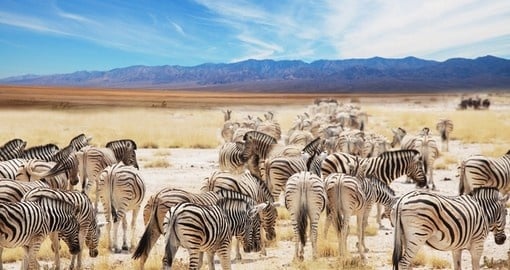
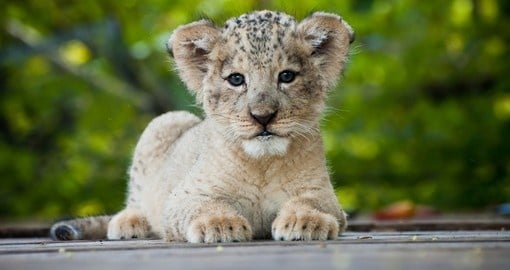
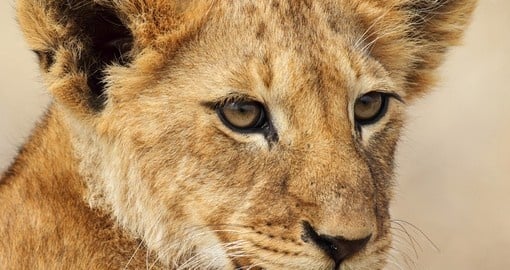
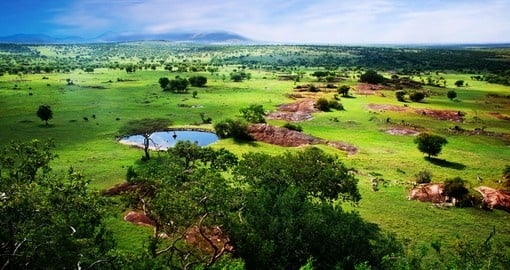
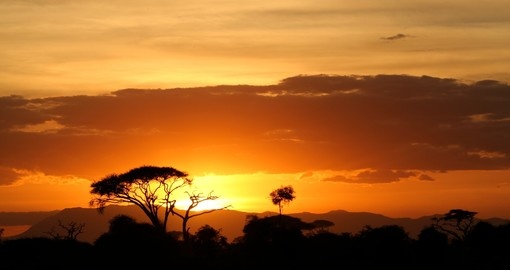


No comments:
Post a Comment
Note: only a member of this blog may post a comment.